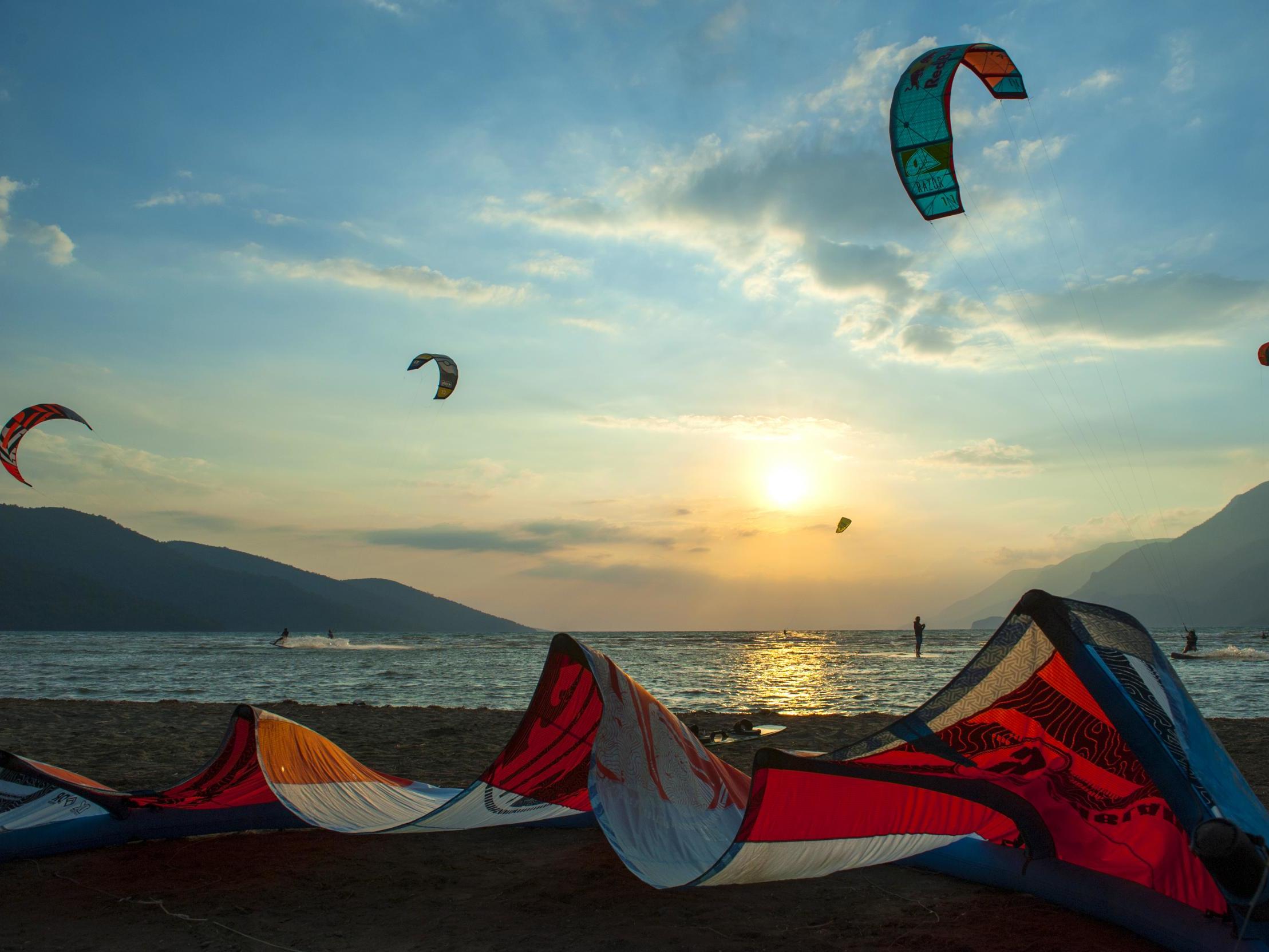Kites and drones used to harness wind power could revolutionise renewable energy
Spanish scientists using kitesurfing kites to analyse high-altitude energy generation systems

Your support helps us to tell the story
From reproductive rights to climate change to Big Tech, The Independent is on the ground when the story is developing. Whether it's investigating the financials of Elon Musk's pro-Trump PAC or producing our latest documentary, 'The A Word', which shines a light on the American women fighting for reproductive rights, we know how important it is to parse out the facts from the messaging.
At such a critical moment in US history, we need reporters on the ground. Your donation allows us to keep sending journalists to speak to both sides of the story.
The Independent is trusted by Americans across the entire political spectrum. And unlike many other quality news outlets, we choose not to lock Americans out of our reporting and analysis with paywalls. We believe quality journalism should be available to everyone, paid for by those who can afford it.
Your support makes all the difference.High-altitude kites or drones could be used to harness dependable wind power and could revolutionise approaches to renewable energy generation, scientists believe.
A research team at the University of Madrid are using the giant aerofoil kites used in kitesurfing to experiment with on-board energy generation, in the form of small wind-turbines mounted to the aircraft.
The power generated is then transmitted to the ground via a cable tether which also keeps the kite in place.
In comparison to expensive traditional wind-turbines, airborne wind energy systems (AWES) present low installation and material costs. They would also operate at high altitudes of over 500 metres, where they present a low visual impact and where winds are more intense and less intermittent.
The researchers said the technology’s easier transportation make them suitable for producing energy in remote and difficult access areas. Therefore they could be deployed to provide temporary power generation in remote areas or disaster zones.
As well as having on-board generators, the team is also experimenting with a system in which the movements of the tether could generate power on the ground.
Gonzalo Sánchez Arriaga, a researcher at the university’s business school UC3M, said: “The ultimate aim is to produce clean energy.
“The main advantage of airborne energy systems is that they operate at higher altitudes than conventional aerogenerators where the winds tend to be stronger and less intermittent. Another advantage is they are usually more compact systems and they are transportable."
He added: “We believe systems like these can be placed into a container and in the event of a catastrophe such as an earthquake or where energy needs to be generated in a specific place, where fuel cannot be supplied for example, these kinds of devices can be used.”
UC3M PhD student Ricardo Borobia Moreno, who is also an aerospace engineer at the Spanish National Institute of Aerospace Technology (Inta), said: “The aim of this simulation is to reproduce how these systems will behave in flight in order to predict as accurately as possible how much energy we can generate and its reliability and safety in flight."
The team has presented a flight simulator for AWES in a scientific article published in Applied Mathematical Modelling.
"The simulator can be used to study the behaviour of AWES, optimise their design and find the trajectories maximizing the generation of energy," Mr Moreno said.
Two kitesurf kites have been equipped with instruments to record information such as the position and speed of the kite, attack and sideslip angles, and tether tensions. The experimental data collected was used to inform the creation of the software simulator.
“We gauge its position, the speed of the kite and the speed of the air. Characteristically with these systems which are tied to the ground with tethers, we measure the tension in the tethers to estimate the aerodynamic forces which are being generated by the kite,” Mr Moreno said.
Join our commenting forum
Join thought-provoking conversations, follow other Independent readers and see their replies
Comments